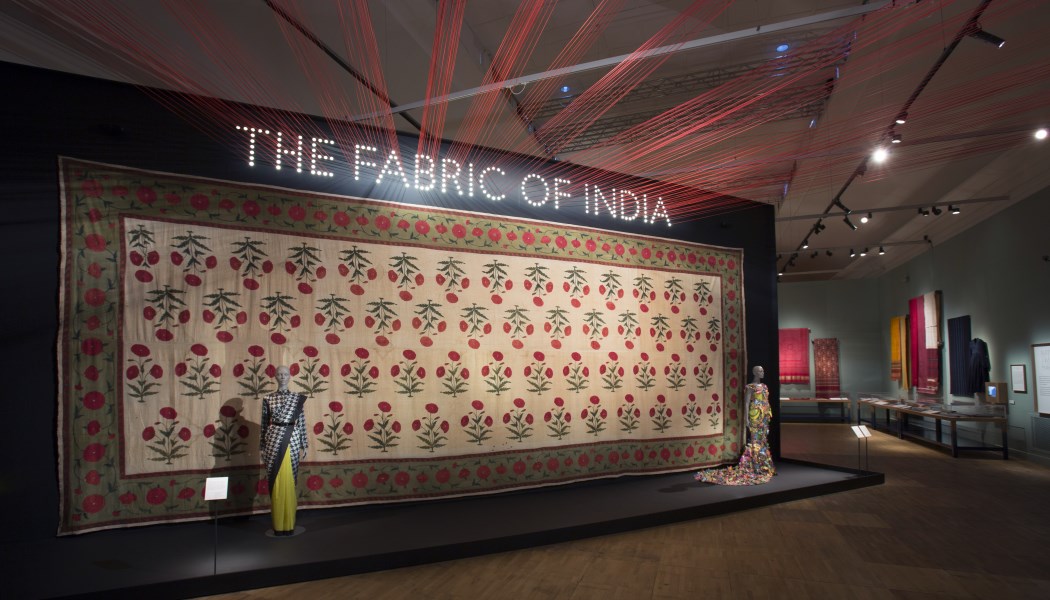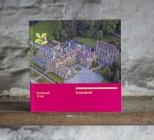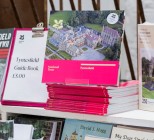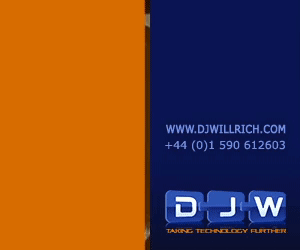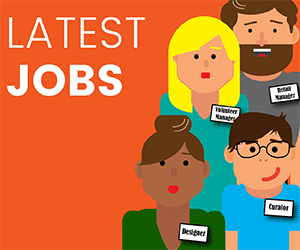What were the aims and objectives of the new ticketing and CRM systems at the V&A?
The overriding objective of the new ticketing and CRM system is to create a single, accurate 360 degree view of a customer’s interactions with the V&A. This allows for a unified communication strategy to be implemented, leading to greater customer satisfaction, operational efficiencies, reduced costs and, crucially, increased revenue.
In what ways have the new systems brought benefits to both revenue generation and understanding your visitors?
The system is being implemented in a phased approach, ensuring that each phase can be rigorously tested before going live. Currently, event and exhibition ticketing is live on the new system, as is our new e-comms platform. A significant phase of the project will be the migration of V&A Membership data which will take place in early 2016. As such, we are yet to realise the full benefits of the new system.
What targets have you set to increase income generation through the new ticketing system and how well is the new systems meeting those goals (or how well do you expect it to do so in the future)?
A comprehensive five year business case was developed to support the project and the efficiencies and financial benefits are significant.
How important was it for the V&A to update its ticketing system and try and optimise its revenue capabilities (as well as manage bookings for exhibitions and events)?
Like many arts and heritage organisations, the V&A had acquired different systems to manage different areas of the Museum’s business over the years e.g. exhibition ticketing, shop sales, membership. Maintaining disparate systems going forward was unsustainable for us and the lack of a single customer view left us unable to maximise opportunities for cross selling and optimising revenue.
What challenges did you face and what advice would you give to those doing the same in the future?
This is a complex project. Clear communication and consultation with all the key stakeholders from the outset was vital, to define expectations and requirements. A dedicated project manager and development of a robust business case was essential, as was championing of the project at the most senior level. Detailed planning of the requirements were essential to ensure accurate and realistic responses to the tender from potential suppliers. There is always additional development and testing required before you get into the implementation, and you need to allow time for that, so a phased approach is beneficial. It’s important to remember that the system gives you the capabilities to increase your revenue and visitor engagement, but it’s how you use it as an organisation that ultimately determines its success.
When did the project start and when was it completed?
The project started in 2013 with the establishment of a working group of key stakeholders, the development of the business case and requirements and the OJEU (European public tender process). The successful supplier, Gateway Insight, were appointed in July 2014. Phase 1 of the project, event ticketing, went live in November 2014, with other stages of the project phased on an ongoing basis since then. We expect the system to be fully implemented by February 2016, at which point we embark on our ongoing CRM programme.
Main Image
Installation view of The Fabric of India at the Victoria and Albert Museum London

